
Product Design
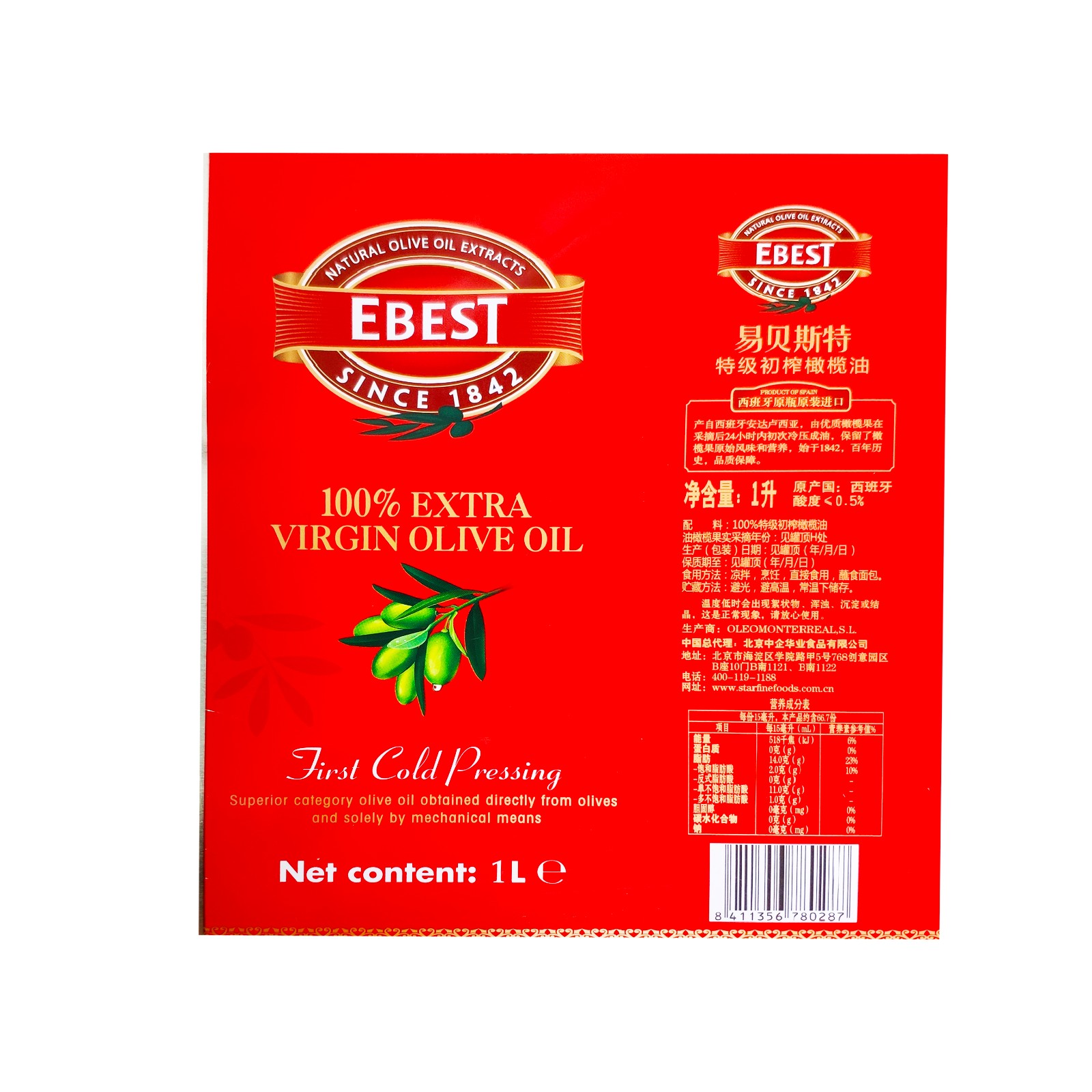
Tinplate For coconut oil can
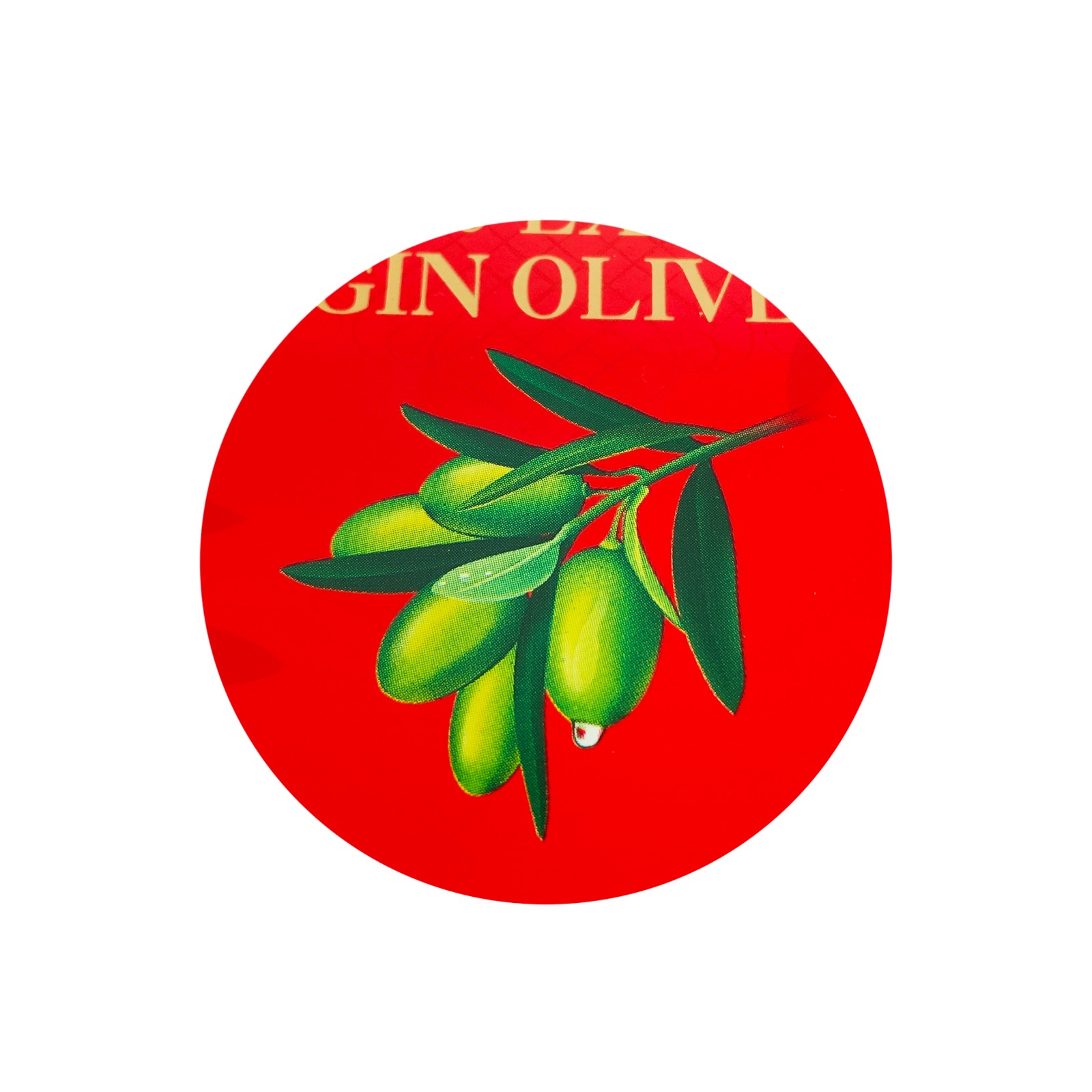
Product Detail
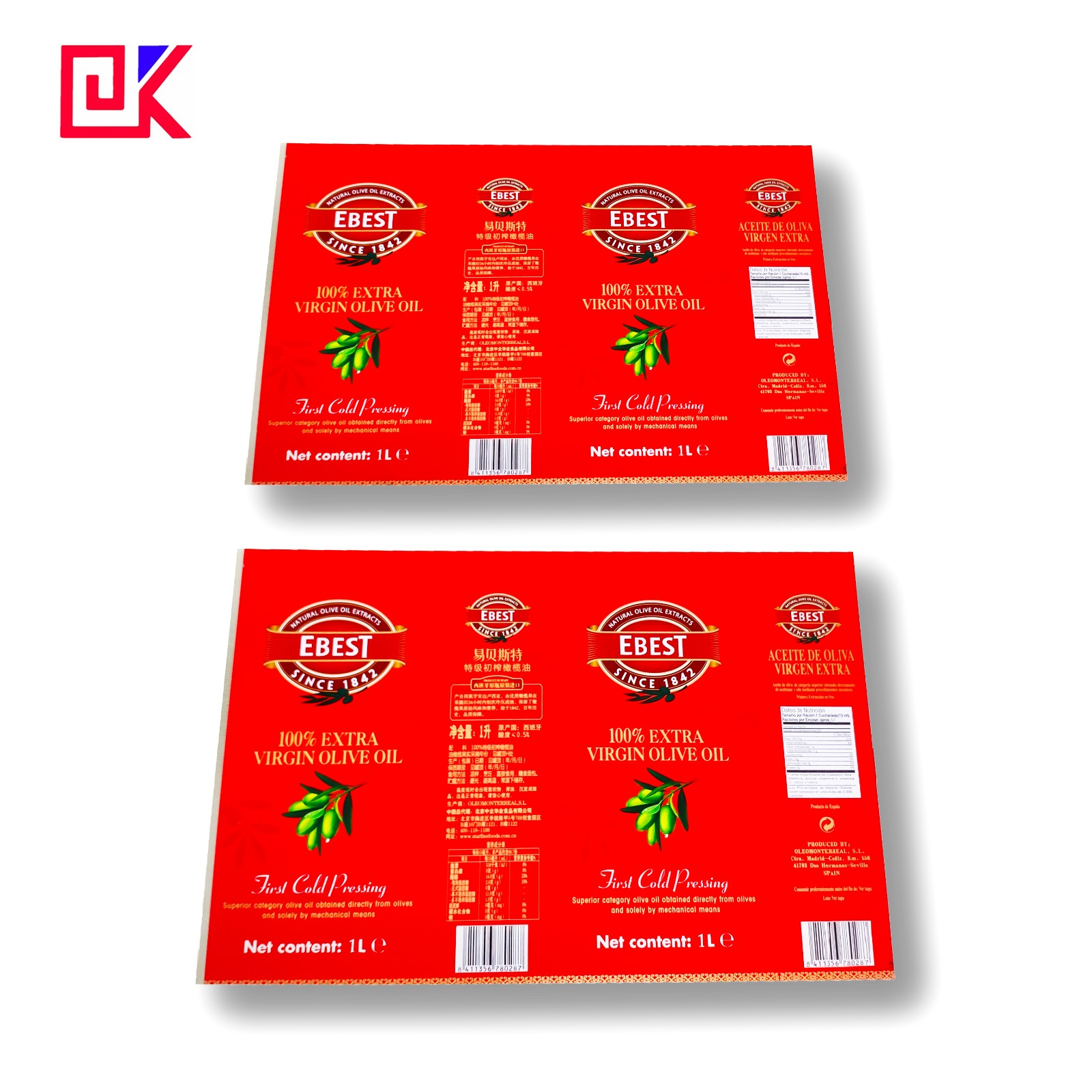
Printing for can of coconut oil
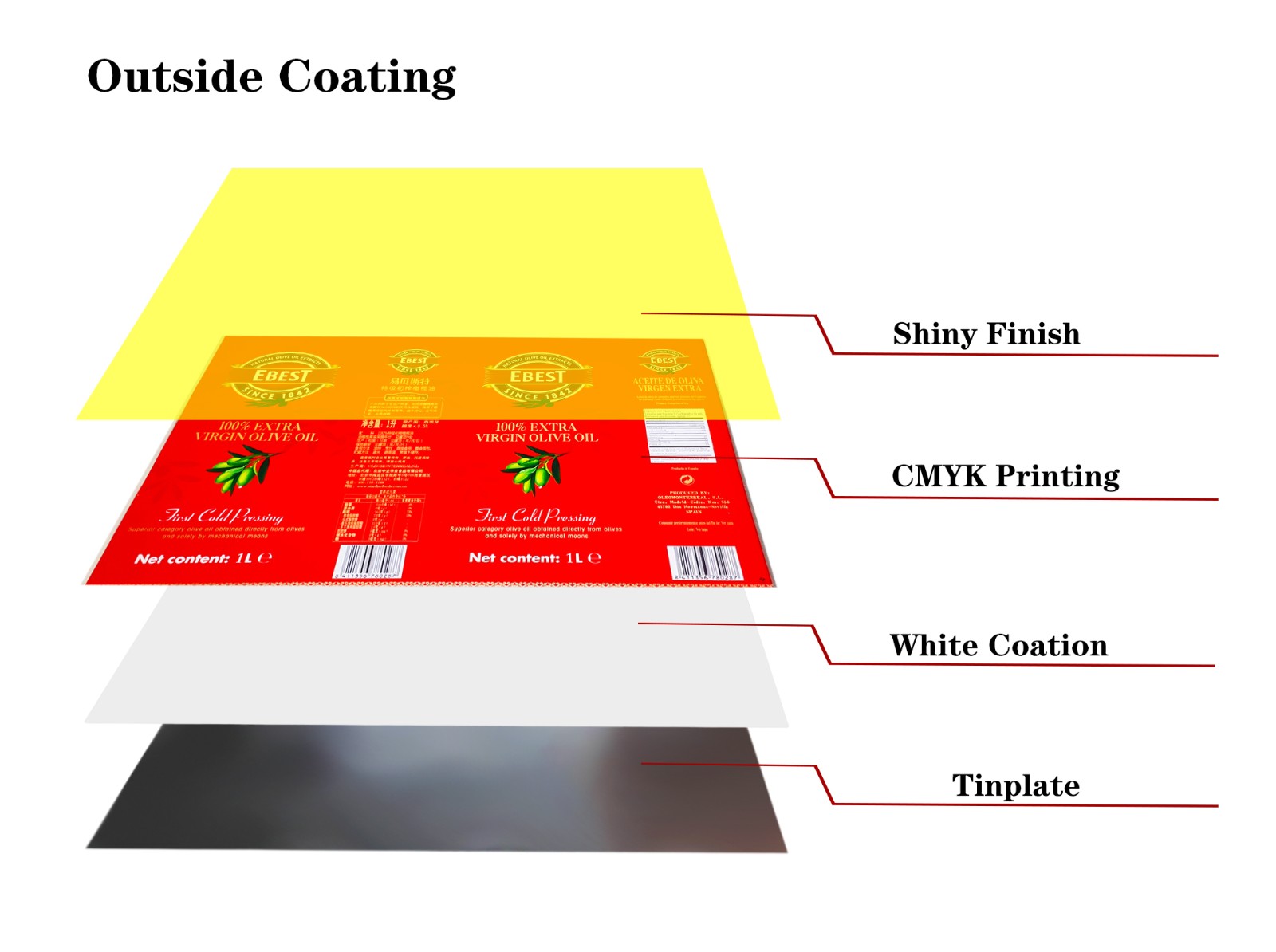
Outside Coating
All of our products support customization, if you need please feel free to contact us.
What is tin sheet printing?
Printing tin sheet is to print patterns on tinplate (tin-plated sheet). It mainly uses the physical properties of water and ink to repel, and uses printing pressure to transfer the printing text to tinplate through a blanket, which belongs to the principle of lithographic offset printing. This process has special requirements for inks.
Tin sheet printing process and characteristics:
The tin sheet printing process is usually completed on the printing iron production line according to the above process. The process characteristics and requirements of each process are as follows:
1. inner coating
According to the characteristics of the contents, packaging containers made of tinplate usually need to be coated with a certain coating on the inner surface of the container to prevent the contents from eroding the tank wall and contaminating the contents, which is conducive to long-term storage. For candy boxes, in order to prevent post-processing curling and exposed iron from scratching and rusting, a layer of decorative coating is also needed to increase the appearance.
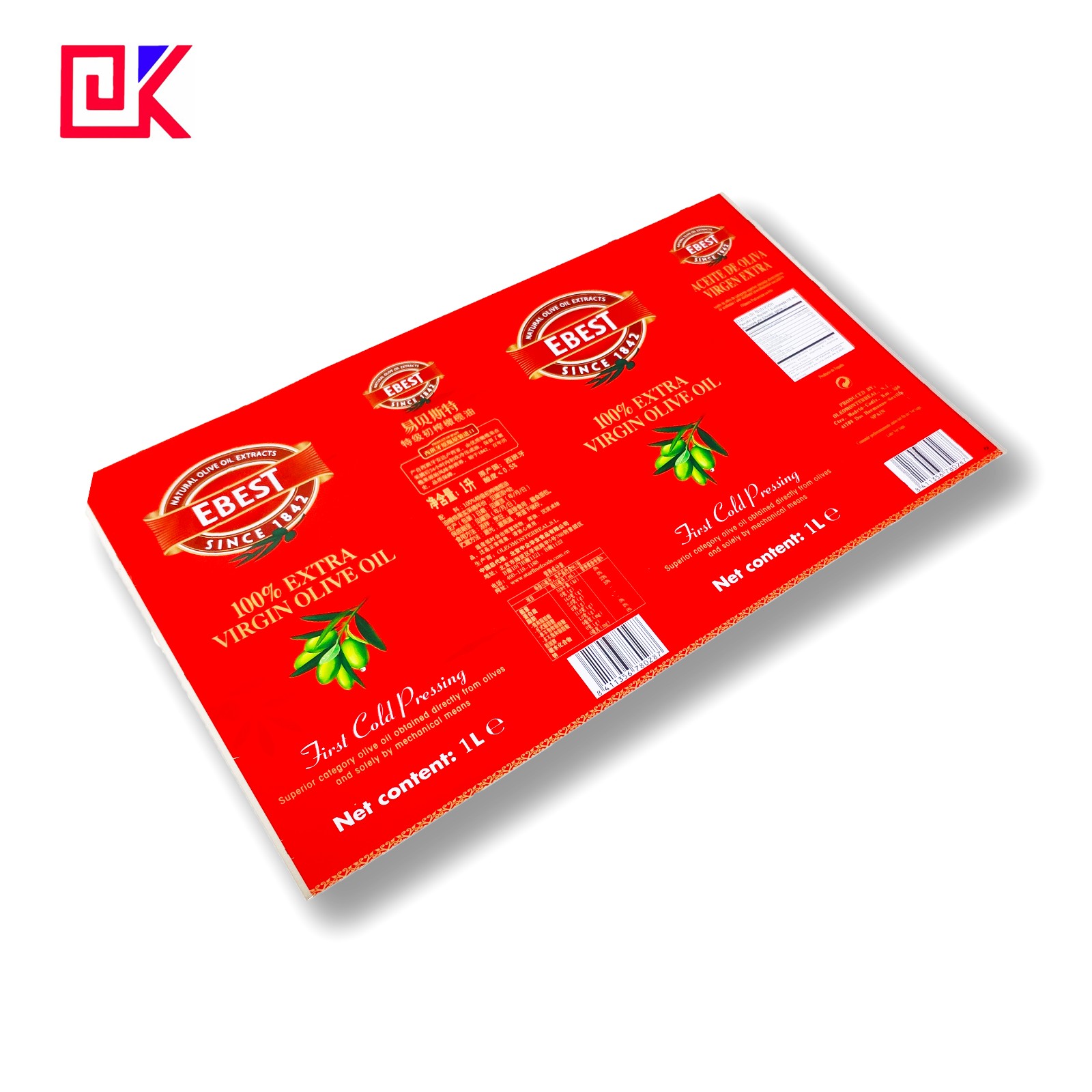
2. coated with base oil, white cotin (printed white)
As tinplate products are usually printed first, and then cans are made, the cans need to undergo bending, stretching, welding, flanging, rolling and other processes. In addition to requiring a dry coating film and ink layer with sufficient strength, Sufficient adhesion is required to avoid deformation, cracking, and even peeling of tinplate during the forming process. Because the adhesion between ink and tinplate is not ideal, it needs to be in between. Apply a layer of paint (ie, primer) to improve adhesion.
Primers generally include vinyls, modified vinyls, and epoxy-amino groups. The requirements for the performance of the primer are as follows:
1) The transparency should be good, and the yellowness after drying to form a film is small, and the metal texture cannot be covered.
2). Good leveling, thermosetting and flexibility.
3) It has sufficient affinity for ink and good adhesion to various types of iron sheet.
Since the base oil is mostly a low-molecular compound, after drying and forming a film, it is susceptible to additives in other coatings covering it, reducing its physical and chemical properties (adhesion, yellowing), so it must be matched with varnish.
The main ingredients of white cotin are: film-forming substance, pigment, drier, auxiliary material, and solvent. Film-forming substances are mainly similar to oils and resins, pigments, and inks, and some anti-rust pigments are added to the auxiliary materials, and the solvent is the carrier. In order to obtain a good printing effect, the color of white cotin can be adjusted by adding different pigments as required.
According to the layout design requirements, sometimes white coating cannot be used, and printing white can be used instead. Compared with printed white, painted white has the following advantages:
1) After coating the white cotin, it is not easy to yellow after baking in the drying room several times.
2) Because the coating thickness of white cotin is 3-4 times thicker than that of white ink, it has better whiteness and fullness than white ink, and is smooth and smooth with sufficient gloss.
3) In Bai Keding, the film-forming substance is usually a polymer, which is resistant to various varnishes.
According to the different film-forming materials, white cotin has acrylic and polyester. Polyester has good processing bending performance. It can be directly used in various cans. Acrylic is resistant to high temperature cooking. It is used for food cans that require high temperature cooking. product.
3. plate making:
The plate making of printed iron is the same as other plate making methods, and there are special requirements for the characteristics of tinplate printing:
1) In iron sheet printing, due to the non-absorptivity of the substrate tinplate and the iron sheet having a certain hardness, the deformation of the halftone dots is more obvious than that of paper during printing, especially in the dark and midtone areas. It becomes darker, and the dark tone changes sharply and escalates. The use of square dots is more obvious, and the sudden change of midtones is alleviated for rhombus dots or round dots. Therefore, printed dots for round plates are selected to be round dots or rhombus dots. Dot reproduction is more favorable.
2). After the tinplate is printed, it must be processed and formed. Therefore, reserved processing parts such as welded edges should be left out during plate making to ensure that the text pattern does not deviate from the center after processing and forming.
3) All welded products, such as the seam of the printing plate of the spray can, must not have graphics, different color points, etc. to ensure the needs of subsequent welding.
4. Printing:
Tinplate can be printed on the machine after the inner and outer coating processes. Because the tinplate surface is smooth, does not absorb ink, and has a certain hardness and thickness, tinplate printing is generally used for offset printing.
1). Printing ink:
a) Dryness and heat resistance of the ink. The curing of the printing ink must be dried by heating.
b) Solvent resistance. After printing, the varnish contains various solvents. In order to prevent bleeding during varnishing, the ink must have good solvent resistance.
c) Retort resistance: Containers filled with food need to be sterilized at high temperature. Therefore, it is required that the printing ink should not bleed, fade, soften and fall off due to the action of wet steam.
d) Processability.
e) Light and weather resistance.
f) The ink layer is free of heavy metals. The content of heavy metals in inks of many printed iron products, such as toy boxes, chess boxes, battery cases, etc., should also meet the corresponding standards of the United States, Japan, and the European Union.
2). Varnish
Finishing all printed iron sheet prints, it is necessary to cover with a layer of bright varnish to increase the surface gloss and scratch resistance of the prints, and also increase a certain hardness, so that the printing surface coating film has a certain flexibility and corrosion resistance. Varnish should have the following properties:
a) Good color retention, the solvent in the varnish cannot make the ink bleed and fade.
b) Sufficient hardness and firmness to withstand processing deformation in subsequent processes.
c) Match the white paint or primer, and do not attack the white paint or primer.
Commonly used varnishes are epoxy resin, alkyd resin, acrylic resin, acrylic amino, etc. The composition is different, the performance is different, and the use is different. Different types of varnishes are usually selected according to whether there is deep stamping deformation in the subsequent process, local high-temperature heating of the welding, and whether high-pressure cooking is required.
3). Drying process and requirements
All coatings and inks need to be dried. The drying process is determined by the following three parameters: A, the temperature set by the oven, and B, the time for maintaining the peak temperature.
The drying room usually consists of three parts: heating zone, constant temperature zone, and cooling zone. The main function of the heating zone is to raise the iron piece from room temperature to a set temperature, and the main function of the constant temperature zone is to maintain the temperature reached in the heating zone. The role of the cooling zone is to sufficiently cool the iron sheet after drying. If the cooling is not enough, the paint film is easy to be scratched when the iron sheet is taken up, and sticky sheets are liable to occur after stacking.